

Max Davies
4 Days Ago
Our man on the ground sums up the fifth-generation Rangie, which now needs to compete with everyone from Bentley to Lexus.

Contributor


Contributor
Jaguar Land Rover has fired its return serve to Bentley, Rolls-Royce, Maybach and anyone else who has muscled in on the luxury SUV segment it created back in 1970.
Its all-new fifth-generation Range Rover includes multiple body styles and seating configurations – including a limousine-like four-seater complete with bar fridge and recliner seats to take on the top end of town.
But in what appears to be a multi-pronged attack, the team from Solihull are also taking aim at the likes of the new Lexus LX and even Cadillac’s gigantic Escalade EWB with a seven-seater alternative for the first time.

And its bespoke division, JLR Special Vehicles (SV), has been part of the development from scratch to provide a full range of tailored interior and exterior trim options that allows for near endless personalisation possibilities.
Tellingly for a vehicle that built its reputation on heavy-duty off-roading, the global reveal focused on design and interior features including the finer SV details – before addressing its drivetrain and powertrain configurations, which are equally varied to suit its many markets.
Being new from the ground up and not having to share a platform, the 2022 Rangie has been built to accommodate full EV architecture in terms of weight distribution and battery placement with minimal compromise to its overall layout as well as incorporating all-wheel steering.

Globally, two Plug-In Hybrid (PHEV) options will join two Ingenium inline six-cylinder petrol Mild Hybrid (MHEV) drivetrains, three diesel MHEV six-cylinder units as well as an all-new V8 petrol engine. A fully electric BEV model arrives in 2024.
MORE: 2022 Range Rover Australian market price and specs MORE: 2022 Range Rover, deep-dive into the ultimate luxury SUV
Earlier this year, Jaguar Land Rover announced its Transformation Plan that set Land Rover a target to make 60 per cent of its vehicles electrified by 2030 on the tail of Jaguar’s aim to be 100 per cent electric by 2025.
Until then though, there remains demand for sportier versions and so a new 4.4-litre twin-turbo, 390kW V8 engine has been developed that includes launch control, giving the luxury SUV a zero to 100km/h time of 4.6 seconds.
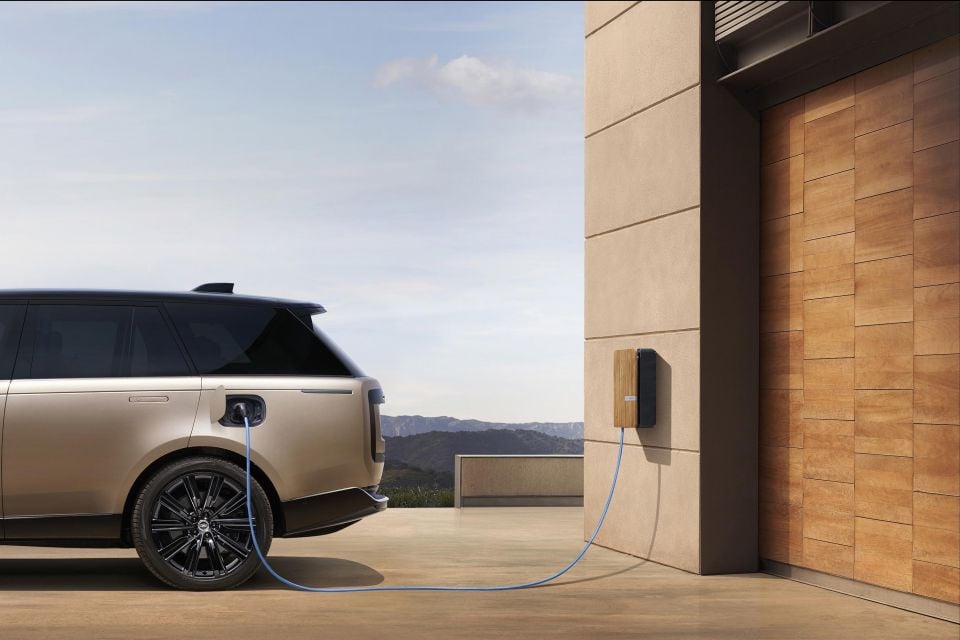
“Ultimately, the Range Rover will become the first all-electric Land Rover as we deliver the vision laid out in our Reimagine strategy, but the new twin-turbo V8 provides a traditional take on luxury SUV refinement and performance,” said Range Rover’s product chief Nick Miller.
Speaking to CarExpert, Land Rover’s Design Director Massimo Frascella said designing the new Range Rover to incorporate so many iterations while keeping the car’s basic DNA was challenging.
“We pushed the engineers constantly because even with the seven-seat for example, we cannot compromise its profile and when you look at the long wheelbase, whether it’s a five-seat, four-seat or seven-seat, you can’t tell which is which from the outside, the car is identical.
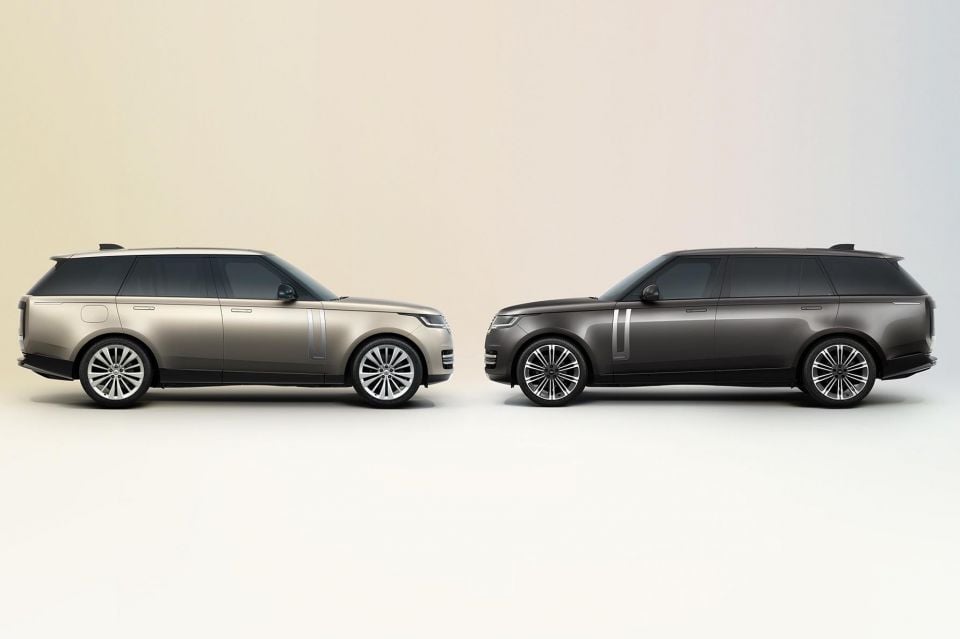
“It was a big challenge to deliver third row comfort that was adequate for adults in this sector.”
While the typical hallmarks of a short and upright front housing a clamshell bonnet together with a long tail, floating roofline courtesy of black D-pillars, two-piece split tailgate, and a low waistline that gives a tall glasshouse effect have been part of the Range Rover DNA since the original, its new slim vertical tail lights are a radical departure from the design copybook.
“It’s part of the modernist design approach we have taken throughout the car including the interior, and it’s a theme we’ll follow on our vehicles as part of our design strategy,” Mr Frascella said.
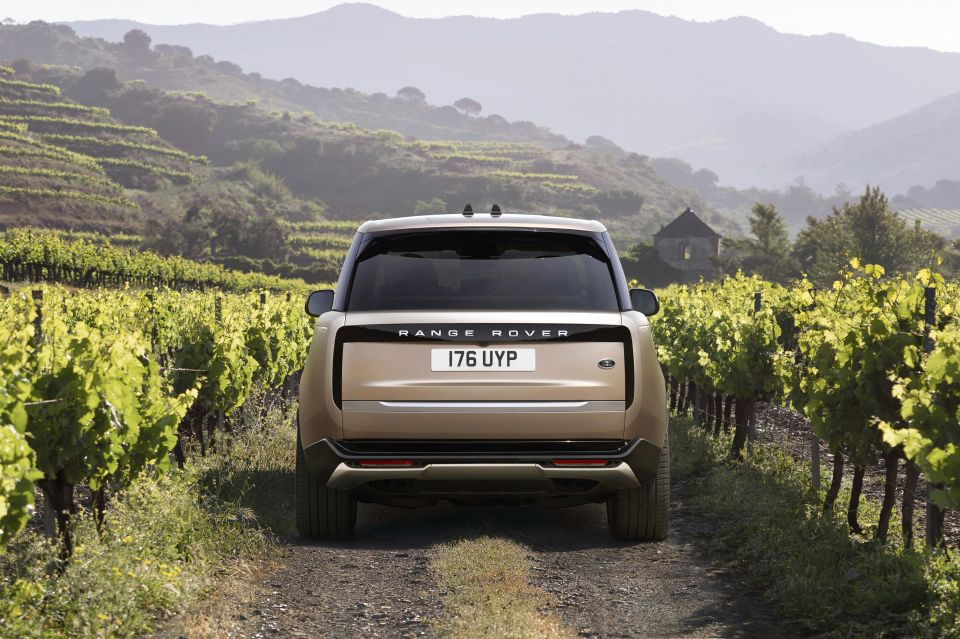
“But don’t expect to see literally the same design applied to all the vehicles because they need to retain their own style even though elements of this new tail will carry forward.”
The stop lights are hidden behind a single vertical gloss black panel until illuminated while the indicators are similarly hiding in a horizontal bar under the split tailgate window line with the reverse lights out of sight, buried in the bumper.
While the nose is similar to the outgoing model, everything on the ’22 Range Rover is new including a more rounded front end, while its side profile picks up the taught, ‘stretched-steel’ look of the Velar including its pop-out door handles. Overall length is 5052mm and 5252mm for the long wheelbase.
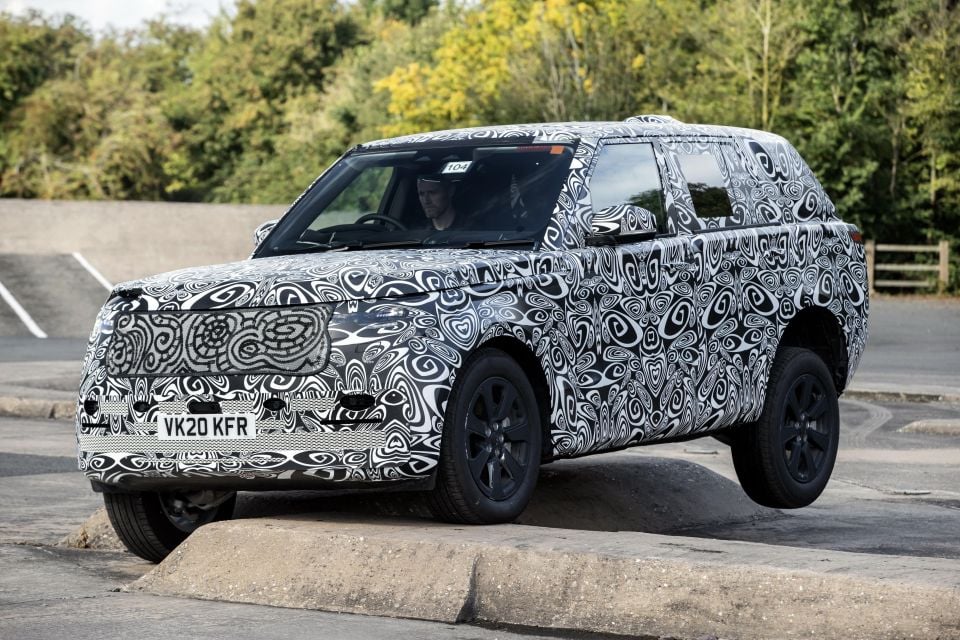
A new mixed metal architecture is said to make it 50 per cent stiffer while reducing weight with it now tipping the scales from between 2454kg to 2725kg depending on spec.
Sitting on 23-inch wheels, both wheelbases share a 900mm wading depth, a 34.7 degree approach angle, 29 degree departure and maximum incline of 45 degrees despite the 200mm difference, with the latter losing two degrees on the breakover angle of the shorty’s 27.7 degrees. Both have a maximum tow capacity of 3500kg.
Want to read more about the 2022 Range Rover?
MORE: 2022 Range Rover Australian market price and specs MORE: 2022 Range Rover, deep-dive into the ultimate luxury SUV
CarExpert helps new car buyers save thousands with expert reviews, honest advice, and transparent pricing – no dealer pressure and no sales games.


Max Davies
4 Days Ago
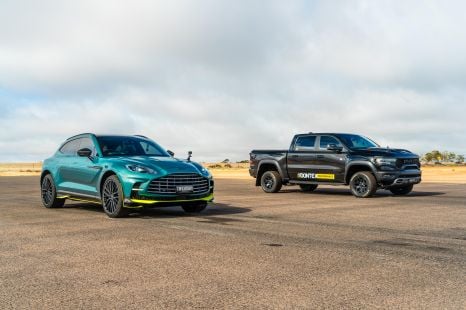

Paul Maric
4 Days Ago
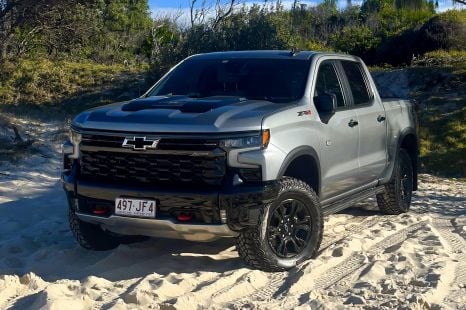

William Stopford
4 Days Ago
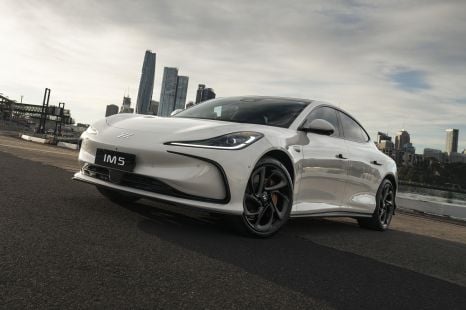

William Stopford
3 Days Ago


James Wong
2 Days Ago


Matt Campbell
16 Hours Ago